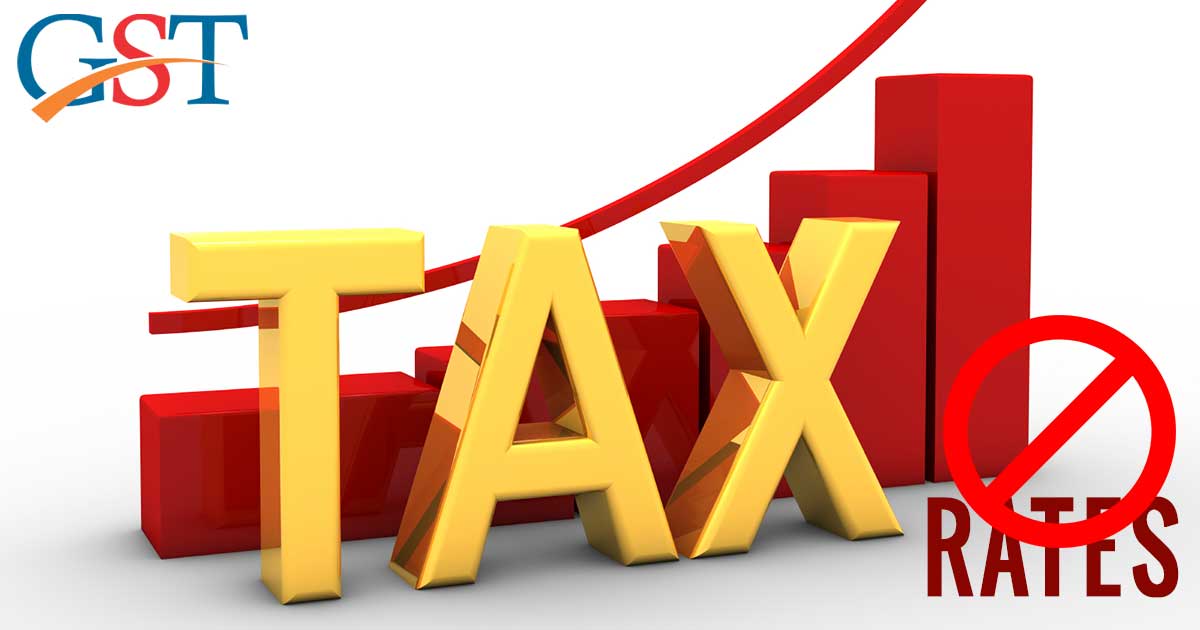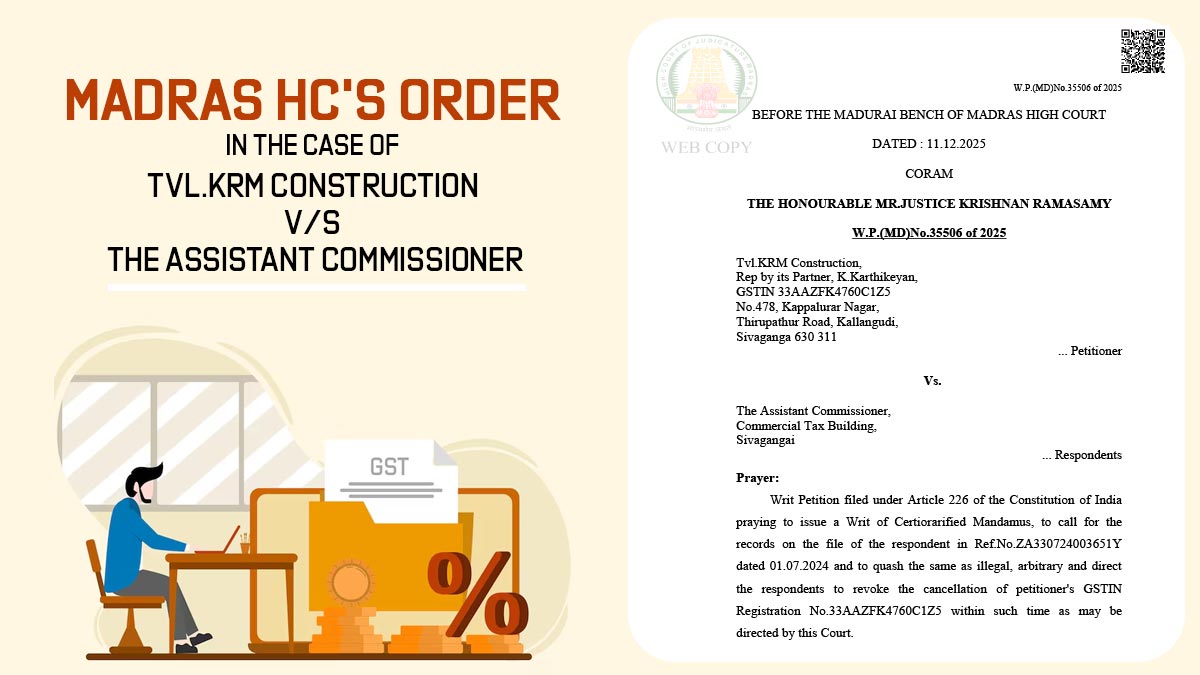GST council revised the GST rates and took major decisions in a recent meeting to help small businesses and exporters. Now, the Council is not in a mood to further twist the GST rates.
The GST Council adopted the concept paper which states that no manufactured goods are liable to any direct exemption as this will intercept the usher of Make in India initiative.
In any case, a state wants to reduce the tax burden on particular items, then the option with the state is to direct transfer subsidy. This objective of the council will help the Indian manufacturing hub to get relaxation and companies like Apple would not be able to get any direct exemption in an indirect tax system.
A government official concerned about the concept paper that will change the tax rates in future said, “The whole idea is to look at the issue of rate revision afresh… There should be no ad hocism in rate revision.”
The main idea behind the concept paper is that the manufacturing goods should not be included in the exemption list of goods as it will impact the customs duty to be paid nil and affect the domestic manufacturing items adversely.
The recent GST Council’s meeting held on 6th October, the government announced the improved threshold limit to be Rs. 1 crore under composition scheme, allowed small business to pay GST returns on a quarterly basis instead of monthly returns and relieved the exporters for paying tax in promotional schemes under GST. The modifications are destined to comfort exporters’ industry based on the industry feedback on GST roll out.
The official said any modification would be follow up keeping in mind that there is no interruption in input tax credit or the fabrication of an inverted duty structure in which the final product costs less than the input material. Furthermore, the amendments created in GST rates will be contemplated after a period of three months or more and it will give them time to settle firstly.
The concept paper presented at the meeting clearly stated that the GST rate of 28% on certain products would be analyzed after three-month duration as mentioned in the decided criteria. Some goods which are highly rated like luxury goods and sin goods would not be considered for any modification despite being the highest revenue generating goods and although being in the high tax bracket. The changes made for exemption cover goods of mass consumption or public interest, medial goods used in B2B supplies along with goods made by SMEs and export-related goods. According to tax officials, the modifications and definite rules will able to keep the tax structure still.
Read Also: MRP (Max Retail Price) Rules Under GST Act in India
Pratik Jain, leader, indirect taxes PwC, wished that most of the items in the 28% tax slab will come to the 18% lower bracket. He said, “Frequent and ad hoc changes in GST rates are definitely not desirable… This mechanism would ensure that some general guidelines are followed for deciding the rates in future while making an exception if needed.”
The decisions made on fitment of goods prior to implementation of GST was based on the principle of an equivalence-tax incident. GST has now four tax slabs; which includes 5%, 12%, 18% and 28% slab rates. Many changes and rate tweaks are made in GST rates after GST implementation and recently on 6th October meeting, around two dozens items are put in lower tax slabs.











Welcome gst in indian tax structure.